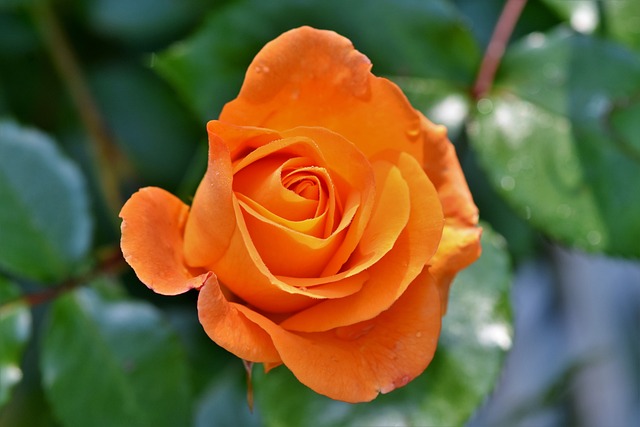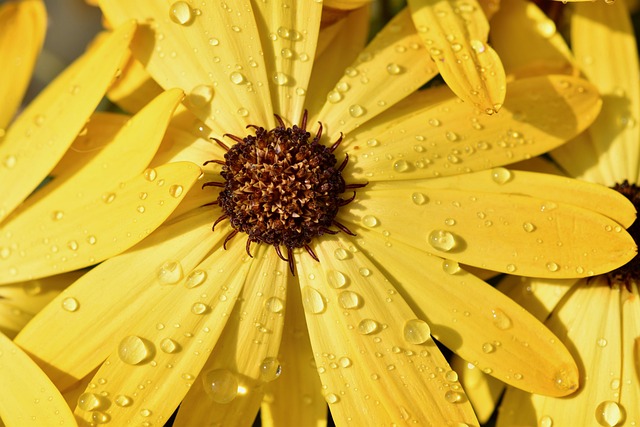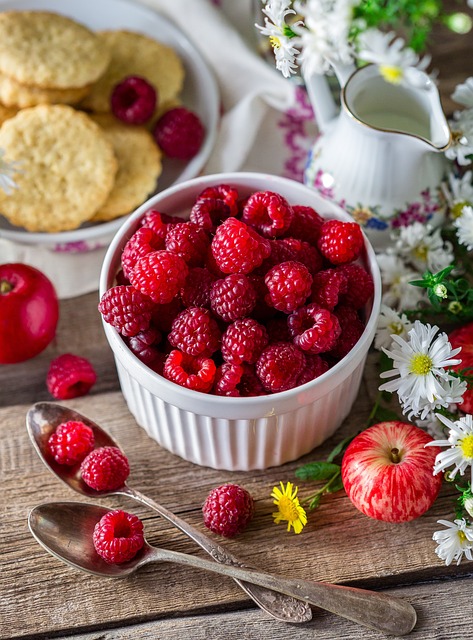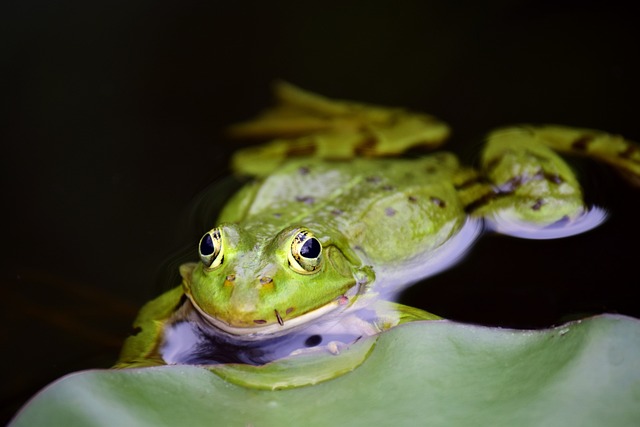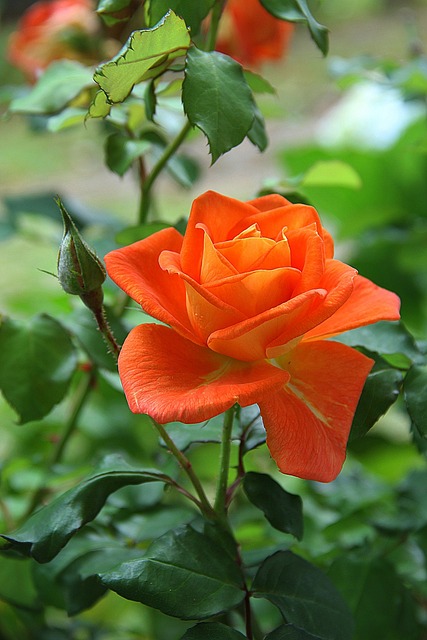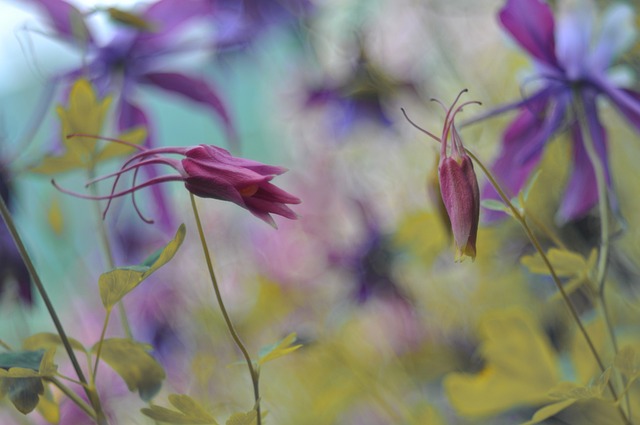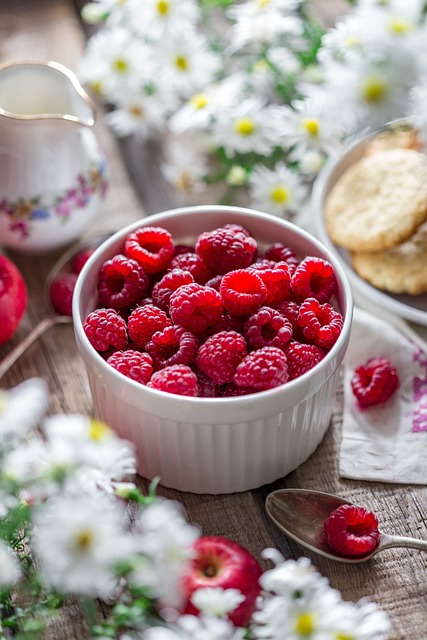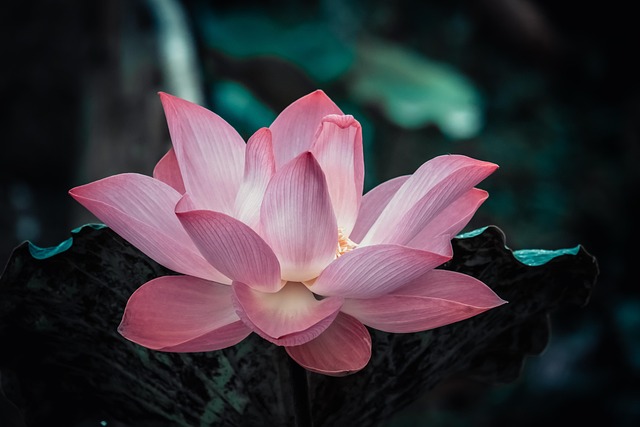
Gardening is an activity that has been enjoyed for thousands of years. Gardening can provide food for your family, or exist as a simple and relaxing pleasure. This article will help bring the delight of gardening into your life.
For proper optimum growth, plants require sufficient amounts of carbon dioxide (CO2). With a high level of CO2 plants will grow much better. The best way to get a high level is to plant them in a greenhouse. To maximize your plants’ growth, make sure to monitor these levels to ensure they’re adequate.
Keep the weeds out of your garden by removing them regularly. Weeds can take a promising garden and turn it into a shell of its potential. To aid in this venture, you might want to use white vinegar. White vinegar will kill those pesky weeds. Try spraying some white vinegar in water when you are pulling weeds from your garden.
When the fall season approaches, you must prepare to plant your favorite fall veggies and other edibles. Try using a pumpkin as a natural plant pot. You can plant fall vegetables such as lettuce in an empty pumpkin shell. Once you cut an opening at the top of the pumpkin and scoop out the insides, spray the inside and edges with Wilt-Pruf to keep the pumpkin from rotting. Once the pumpkin has been prepared, it is ready for planting.
You can plant wheat grass or cat grass near the plants that the cat eats. It may also work to add citrus peelings or mothballs to the soil of the plants, because the odor is unpleasant to cats.
Be sure to split the irises. If you divide the overgrown clumps of flowers, you’ll find that your stock grows proportionally. Once the foliage has died off, lift out your bulbous irises. These bulbs will divide into several parts naturally when you pick them up. You can then replant them, and watch them flower the following year. Rhizomes should be divided using a knife. Discard the center and cut pieces from the exterior. Every piece needs to have a minimum of one good offshoot. Replant right away.
Winter Months
When deciding on which plants to include in your landscaping projects, consider evergreens which produce colorful berries. This will allow your garden to have color, even in the dreary winter months. These plants can help you get some color during the winter months: Winterberry, Common Snowberry, American Holly, and American Cranberrybush.
Don’t use broad-spectrum pesticides for your garden. Broad-spectrum pesticides will kill insects that are helpful to your garden as well as the harmful ones. Since these pesticides often affect the good bugs more than the bad, using them can actually increase your pest problem. As a result, gardeners often have to resort to using more toxic pesticides to get rid of garden pests.
Working in your garden is an excellent way to relax yourself. Everyone wants to find a way to relax and enjoy themselves. Gardening on a sunday afternoon is a simple method of making this happen. Without too much effort, you can enjoy great returns. The biggest dividend is the emotional satisfaction of planting and growing greens on your own.
Use common sense when watering your garden. Put down the watering can or garden hose, and spread out a time-saving soaker hose instead. Avoid damage to new plantings by keeping the water on low to move the water slowly through the soaker. Allow it to water your plants for a couple of hours, so that you are free to do other things.
Try to avoid direct sun exposure when you are gardening during the day; wear protective clothing. Clothing should keep your skin covered, and don’t forget to wear a hat, sunglasses and sunscreen. Proper protection from the sun means a lower chance of sunburn, as well as a decreased risk of skin cancer.
Plants growing in your home need a constant temperature of no less than 65 degrees. This level of heat is required in order for plants to grow. If you don’t want you house to be really warm during the cold season, you could use a heat lamp on organic plants instead.
Take your seedlings and saplings to a cooler spot once they are established. Move your plants away from the heat as they grow. You can now take off any protective coverings on your plants that were there to shield them from the elements. You should know when the right time is if you are keeping an eye on the seeds.
One of the most important things to consider when plotting your garden is to make note of your available space. It’s common to not think about how much space a plant will need once it’s full grown, and you don’t want to crowd your garden. You need to take into account the plant’s size when it is fully grown, as well as allowing space for air circulation between each plant. Plan your organic garden while keeping this in mind, and space your seeds accordingly, when planting.
Tend your organic garden on a regular schedule. Every time you go outside, you should take care of a few things so that you do not have too much work to do when you have the time to go back to your garden. For example, if you have a dog, pull a few weeds while you are outdoors with the dog. Over time, you keep your garden weed free without adding any additional time on to your day.
As previously discussed, the human race has been enjoying horticulture for centuries. Long ago, gardening was a necessary way of life. Today, gardening is still done for need but also for profit and pleasure. Whatever your reason for gardening, the hints and tips in the following article can make your experience easier and more enjoyable. Enjoy the rewards that gardening provides!

